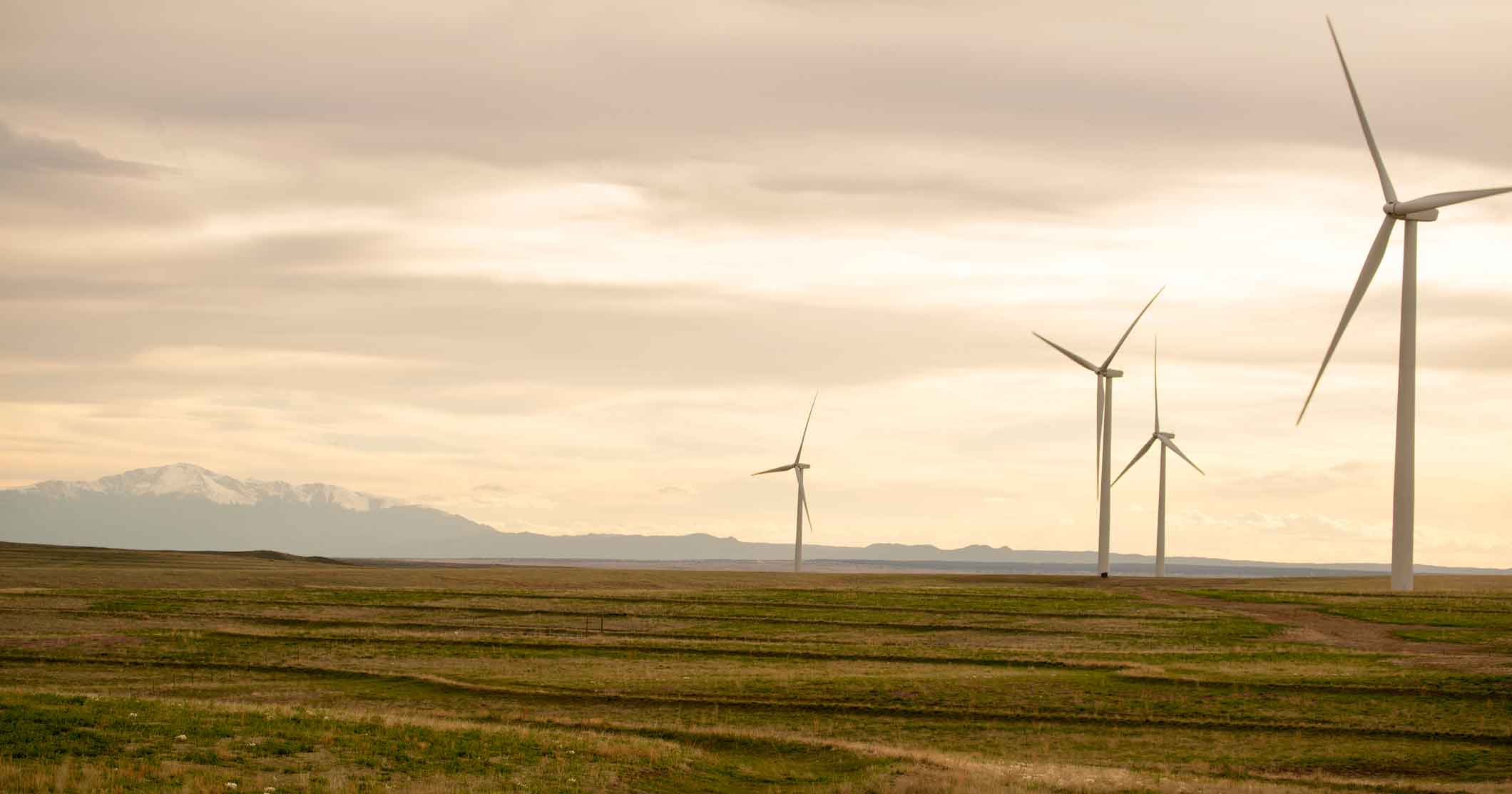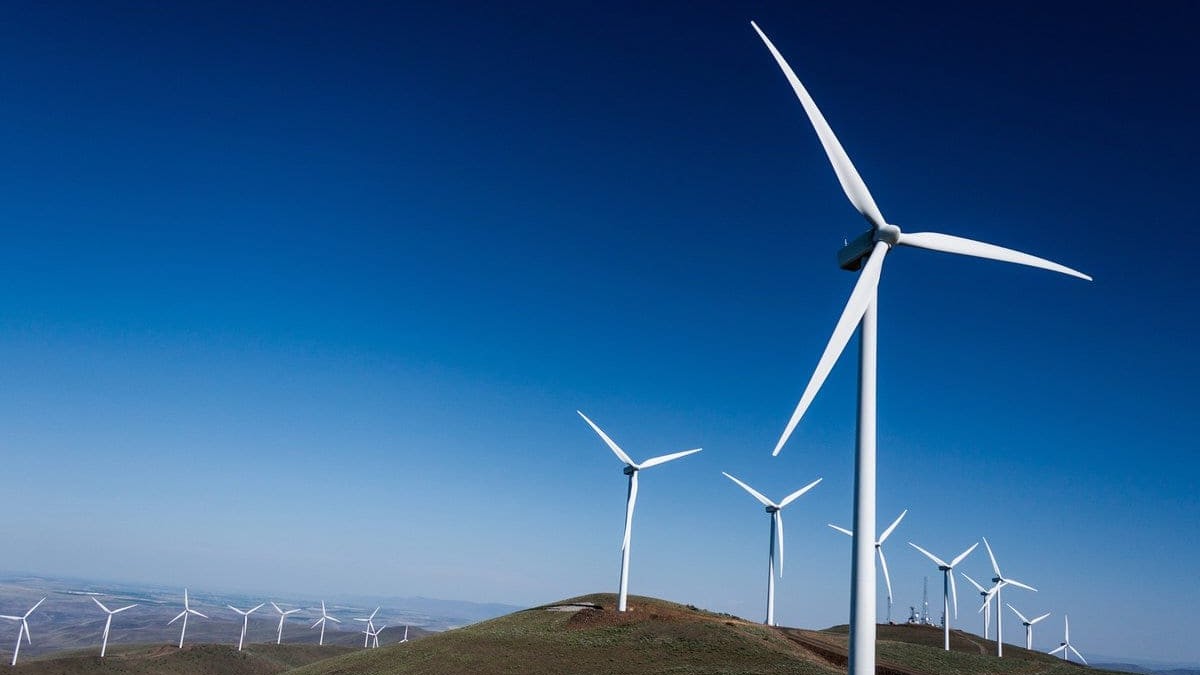Illustrative numbers on fossil fuels and cleantech
The way Colorado uses and produces energy is evolving. Traditionally, a significant portion of Colorado’s energy came from fossil fuels, but renewable energy sources are grabbing more market share (and employing more workers), year after year. But it’s a slow process. An entire industry is adjusting, and there are certainly challenges ahead.
The state of fossil fuels
As of 2016, coal powered 54 percent of Colorado’s electricity, and we’re still in the top ten of oil-and-gas-producing states.1 We live in an energy-rich area with a lot of natural resources, so these numbers are no surprise. But what may surprise is that coal production in Colorado has declined 64 percent just since 20052. This is largely due to changes in regulation, the cost of mining, and competition with other traditional energy sources, such as natural gas.
The story extends beyond what makes the lights stay on. Here in Denver South alone, fossil fuel companies employ around 1,500 workers, but as of 2015, that was a 3.2 percent decrease from previous numbers3. Cost plays a role. As the prices of oil have increased, some companies have had to streamline their operations or make a move.
The rise of renewables
A significant push for renewable energy occurred in 2004 when Coloradans voted for a Renewable Energy Standard. This regulation requires electricity providers to obtain a portion of their energy from renewable sources. Since passing, the minimum has been increased three times and, by 2020, all electricity providers will be required to generate 30 percent of their energy from renewable sources. This type of regulation creates a vibrant market, and the numbers illustrate it. Solar and wind powers only 10 percent of the nation’s electricity. In Colorado, 24 percent of our electricity is powered by solar and wind.4
In Denver South, cleantech employment rose 13 percent in 2015. That’s a significant economic boost in just one year. There are 140 cleantech companies doing business in our region, and many would argue they are here for our highly skilled, well-educated workforce.
A cleaner, greener future
Suggested Reading:
From increasing concern about climate change to the often-disastrous environmental side effects of mining, oil extraction and fracking to the ever-increasing affordability of renewables, the reasons to pursue clean energy are self-evident.
As the move for renewable energy gains traction, traditional energy companies are working with local governments to improve operations and compete, such as Hickenlooper’s 2014 Oil and Gas Task Force. These improvements can do nothing but good, for our environment and our economy.
For more information on energy in Denver South, read our “Industry Cluster Profile: Energy”[a].
1. Colorado Energy Office: Traditional Energy
2. Colorado Energy Office: Renewable Energy
3. 2016 DSEDP Industry Cluster Profile: Energy
4. Denver Post: Extra-windy March boosts wind, solar power’s share of Colorado’s energy to 24 percent


